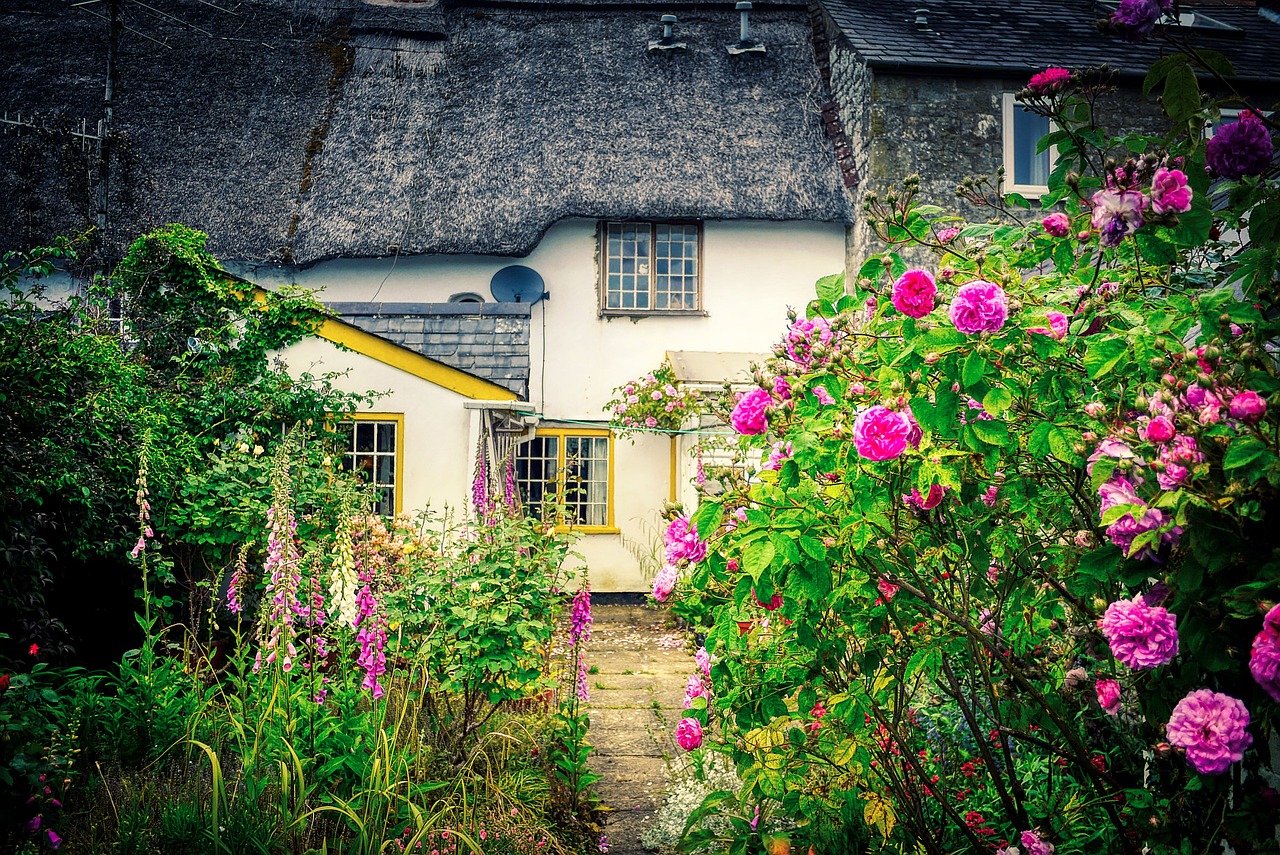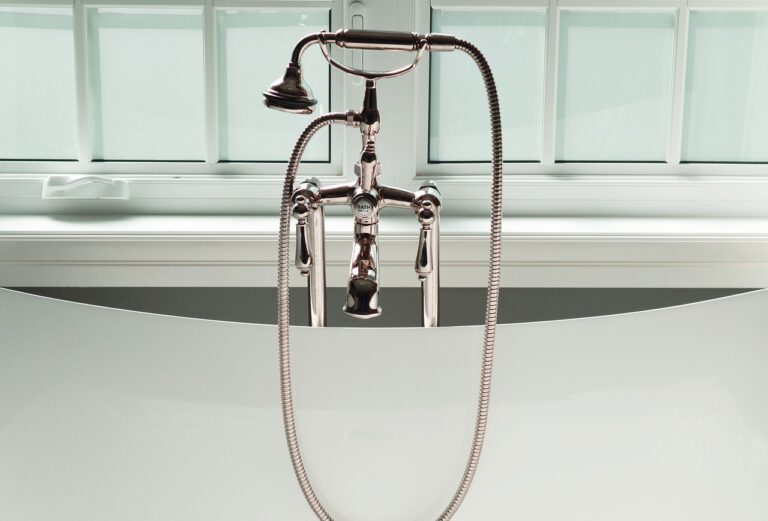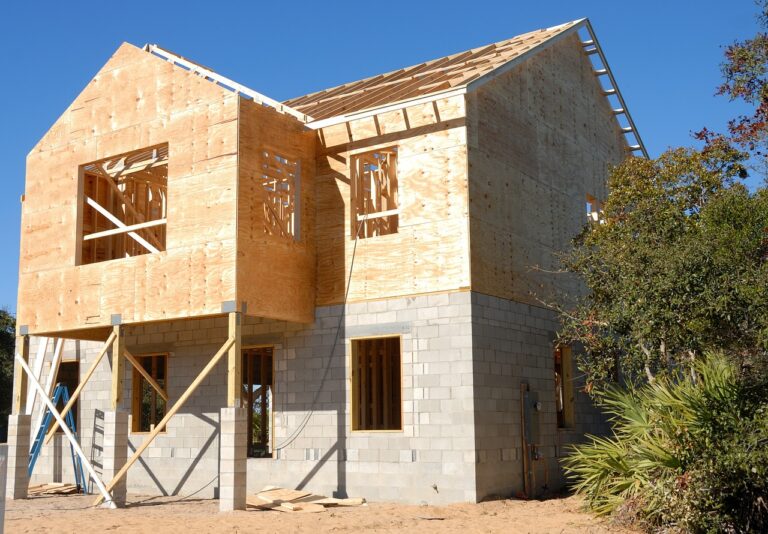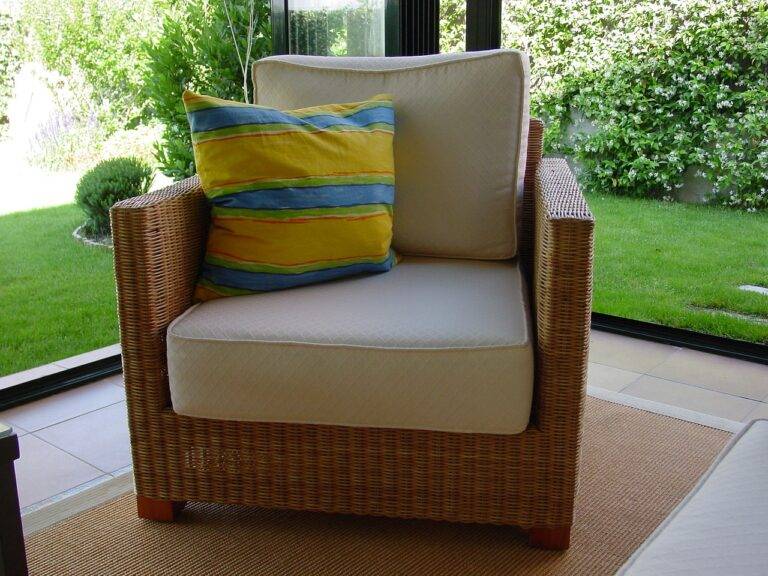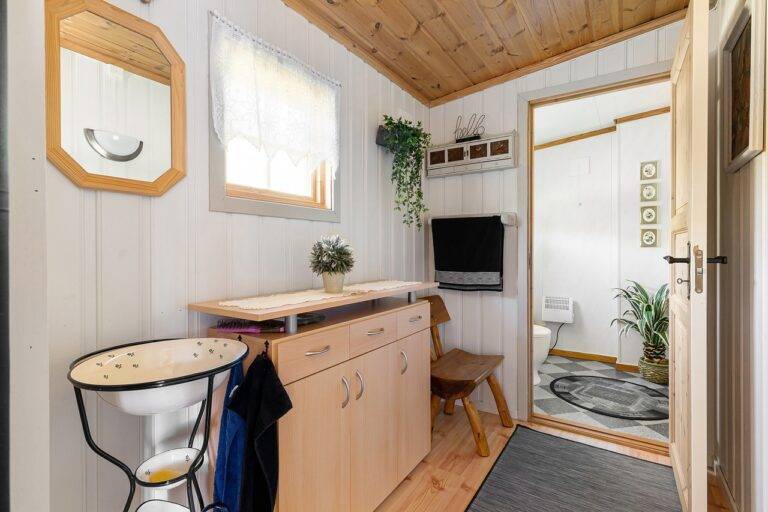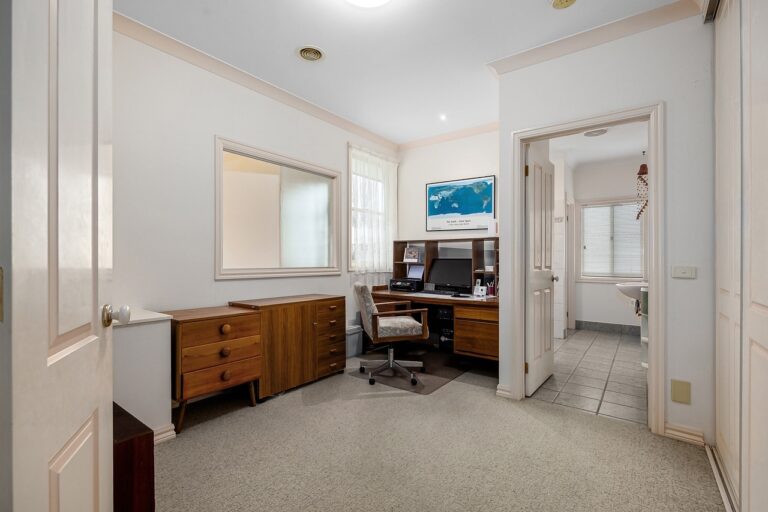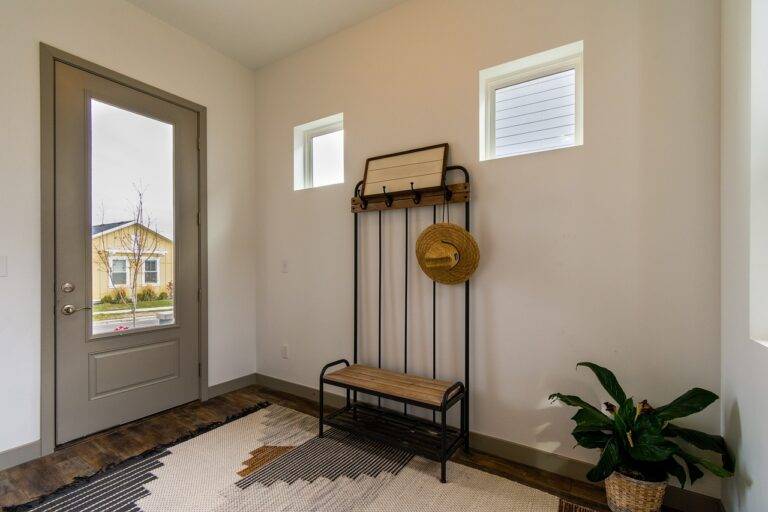The Impact of Biophilic Design on Mental Well-being
Human beings have an innate connection to nature that has a profound impact on our well-being and productivity. When we incorporate natural elements into our built environment, such as sunlight, greenery, and natural materials, we create spaces that resonate with our fundamental need for connection to the natural world. This integration of nature into design has been shown to reduce stress, improve cognitive function, and enhance overall happiness and well-being.
By embracing nature in design, architects and designers have the power to create environments that not only benefit the occupants but also contribute to a more sustainable and ecologically friendly world. Incorporating elements such as biophilic design principles, which seek to mimic nature in the built environment, not only enhances the aesthetic appeal of a space but also fosters a deeper connection with the natural world. When nature is woven into the fabric of our surroundings, we are reminded of our place within the larger ecosystem, promoting a sense of harmony and balance in our lives.
Understanding Biophilic Design
Biophilic design is a concept that emphasizes the inherent connection between humans and nature. It integrates natural elements and materials into the built environment to create spaces that foster well-being and enhance the overall quality of life. By incorporating elements such as natural light, vegetation, and views of nature, biophilic design seeks to create environments that are not only visually appealing but also improve cognitive function and reduce stress.
Research has shown that exposure to nature can have a positive impact on our mental and physical health. Biophilic design principles aim to bring the benefits of nature into urban settings, where access to green spaces may be limited. By mimicking natural patterns, shapes, and textures in architecture and interior design, biophilic elements help to create environments that evoke a sense of tranquility and connection to the natural world.
Biophilic Elements in Architecture
Incorporating biophilic elements in architecture is a growing trend in the industry. These elements aim to create designs that mimic nature, ultimately enhancing the well-being of the individuals interacting with the space. By introducing elements such as natural light, greenery, and natural materials into architectural designs, a stronger connection to the natural environment can be established within built environments.
The presence of biophilic elements not only improves the aesthetics of a space but also has numerous benefits for its occupants. Research has shown that exposure to nature within architectural settings can reduce stress levels, enhance creativity, and improve overall cognitive function. By embracing biophilic design principles, architects have the opportunity to create spaces that not only look visually appealing but also promote health and well-being.
• Natural light: Incorporating large windows and skylights to maximize natural light
• Greenery: Adding plants, vertical gardens, or living walls to bring nature indoors
• Natural materials: Using wood, stone, and other natural materials in construction and decor
• Stress reduction: Creating calming environments that reduce anxiety and promote relaxation
• Creativity enhancement: Inspiring creativity through connections to the natural world
• Cognitive function improvement: Boosting mental clarity and focus with biophilic elements
What is biophilic design?
Biophilic design is a concept that incorporates nature and natural elements into architecture and building design to create spaces that promote health and well-being.
Why is nature important in design?
Nature in design has been shown to have numerous benefits for occupants, including reducing stress, improving cognitive function, and increasing overall well-being.
What are some examples of biophilic elements in architecture?
Examples of biophilic elements in architecture include incorporating natural light, using natural materials like wood and stone, creating views of nature, and incorporating living plants into the design.
How can biophilic design be beneficial for the environment?
Biophilic design can be beneficial for the environment by promoting sustainability and reducing the overall ecological footprint of a building through practices like using renewable materials and energy-efficient design strategies.
How can designers incorporate biophilic elements into their projects?
Designers can incorporate biophilic elements into their projects by considering factors like natural light, views of nature, materials selection, and incorporating elements like water features and green spaces into the design.

